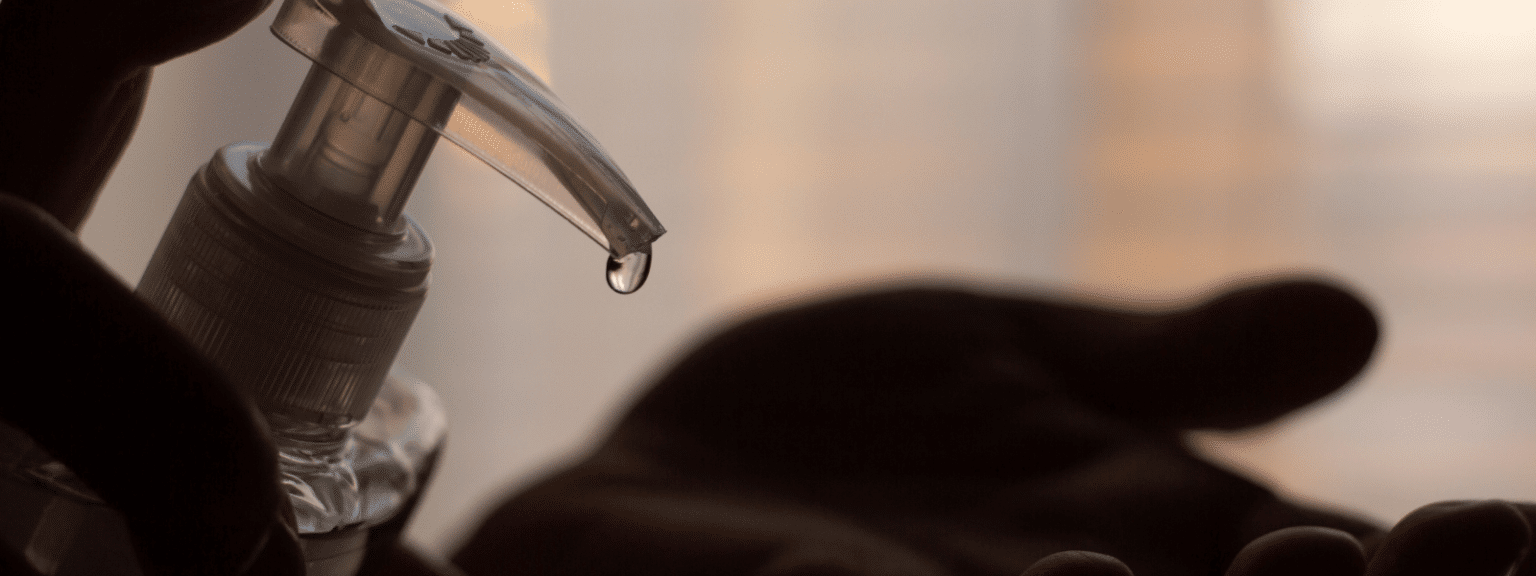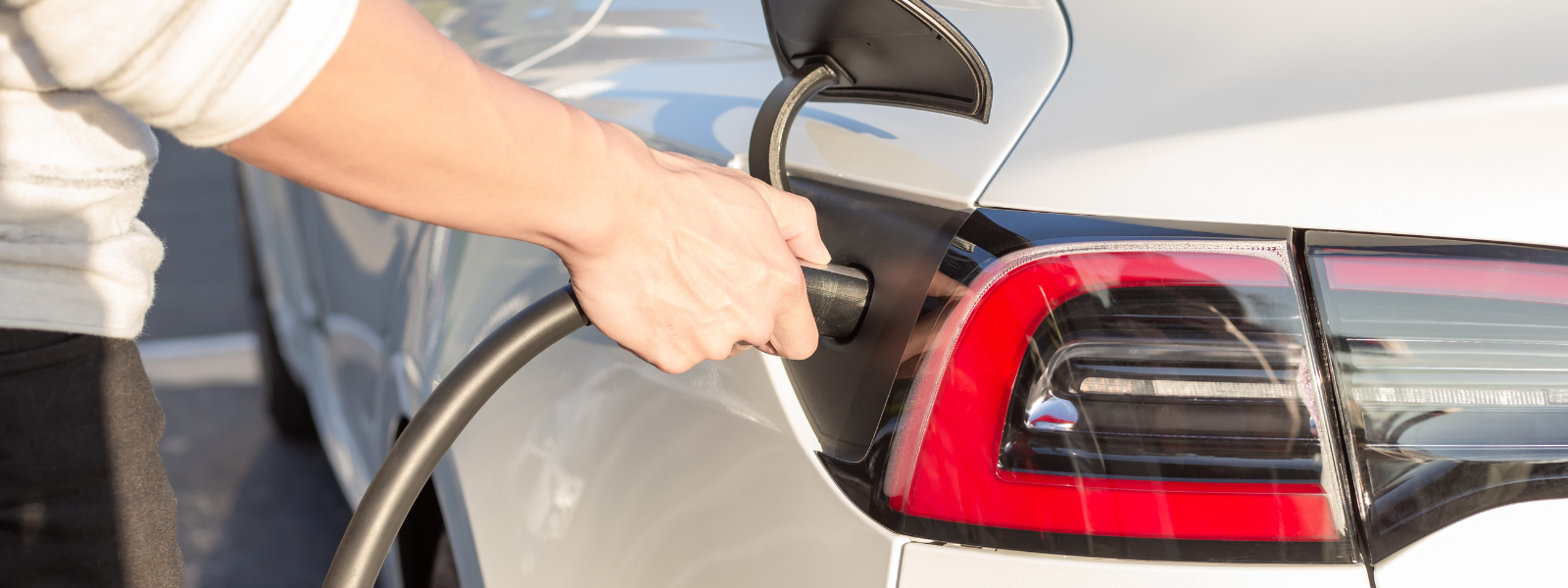Denatured Vs Rubbing Alcohol: What's The Real Deal?
Listen up, folks. If you've ever stood in the aisle of your local store scratching your head trying to figure out whether you should grab denatured alcohol or rubbing alcohol, you're not alone. These two products may sound similar, but trust me, they're not exactly twins. Denatured vs rubbing alcohol is a debate that has puzzled many, and today we're going deep into the nitty-gritty to clear things up. So, buckle up and let's dive in!
Both denatured alcohol and rubbing alcohol are widely used in various applications, but they serve very different purposes. Understanding the differences between the two can save you from making costly mistakes—or worse, putting yourself at risk. Whether you're a DIY enthusiast, a medical professional, or just someone who likes to be informed, this article’s got you covered.
Before we get into the thick of things, let's establish one thing: this isn't just about comparing two liquids. It's about knowing what works best for your needs and staying safe while doing it. So, let's break it down step by step, shall we?
Read also:Exroyal Gardener Shares Heartwarming Tales About King Charles And Queen Camilla
What is Denatured Alcohol?
Alright, let’s start with the basics. Denatured alcohol is essentially ethanol that’s been mixed with additives to make it undrinkable. Why do they do this? Well, it’s all about taxes, my friend. Ethanol, when consumed, is subject to heavy taxation. By adding these "denaturing" agents, manufacturers ensure that it’s not fit for human consumption, bypassing those taxes. Pretty clever, huh?
Denatured alcohol is commonly used in cleaning, degreasing, and as a solvent in various industrial applications. It’s also a popular choice for crafters and DIYers because of its effectiveness in dissolving adhesives and cleaning surfaces. Just don’t go chugging it—seriously, don’t!
Key Characteristics of Denatured Alcohol
- It’s ethanol with added chemicals to make it undrinkable.
- Often used in industrial cleaning and as a solvent.
- Not safe for consumption due to the additives.
- Can be found in products like paint thinners and fuel additives.
Now, here’s the kicker: denatured alcohol isn’t always the same. The additives can vary depending on the manufacturer, which means the smell and effectiveness might differ slightly. But one thing’s for sure—it’s not something you want near your cocktail shaker.
What is Rubbing Alcohol?
On the flip side, we have rubbing alcohol. Rubbing alcohol is primarily used for medical purposes and is a staple in many households. Unlike denatured alcohol, rubbing alcohol is formulated to be safe for external use on the skin. It’s typically a mix of isopropyl alcohol and water, with concentrations ranging from 70% to 99%.
You might have used rubbing alcohol to clean wounds, disinfect surfaces, or even cool down a fever. It’s a versatile product that’s widely available and relatively inexpensive. But remember, just because it’s safe for external use doesn’t mean you can drink it. That’s a big no-no.
Key Characteristics of Rubbing Alcohol
- Primarily composed of isopropyl alcohol.
- Safe for external use on the skin.
- Commonly used for disinfection and cleaning wounds.
- Available in different concentrations, usually between 70% and 99%.
So, there you have it. Rubbing alcohol is your go-to for medical and hygiene needs, while denatured alcohol is more suited for industrial and DIY projects. But wait, there’s more to explore!
Read also:Kristy Mcnichol From Family To A Life Beyond The Spotlight
Denatured vs Rubbing Alcohol: The Main Differences
Now that we’ve covered the basics, let’s dive into the key differences between denatured alcohol and rubbing alcohol. Understanding these distinctions can help you make an informed decision when choosing which one to use for your specific needs.
1. Composition
Denatured alcohol is ethanol with additives, while rubbing alcohol is mostly isopropyl alcohol. The difference in composition means they behave differently in various applications. For instance, denatured alcohol evaporates faster and is more effective as a solvent, whereas rubbing alcohol is gentler and safer for skin contact.
2. Safety
When it comes to safety, rubbing alcohol takes the cake. It’s formulated to be safe for external use, making it ideal for first aid and personal hygiene. Denatured alcohol, on the other hand, is strictly for industrial use and should never come into contact with your skin or be ingested.
3. Uses
The uses of these two alcohols couldn’t be more different. Denatured alcohol is all about cleaning, degreasing, and dissolving. It’s perfect for stripping paint, cleaning tools, and even fueling camp stoves. Rubbing alcohol, meanwhile, is your best friend when it comes to disinfecting wounds, sanitizing surfaces, and keeping germs at bay.
Which One Should You Use?
Choosing between denatured alcohol and rubbing alcohol depends entirely on what you need it for. If you’re working on a DIY project or need a powerful solvent, denatured alcohol is your best bet. But if you’re looking for something to clean a cut or sanitize your hands, rubbing alcohol is the way to go.
Here’s a quick guide to help you decide:
- DIY Projects: Go for denatured alcohol.
- Medical Needs: Stick with rubbing alcohol.
- Cleaning Surfaces: Either can work, but rubbing alcohol is safer for delicate surfaces.
Remember, it’s all about matching the product to the job. Don’t try to use denatured alcohol for medical purposes—it’s just not worth the risk.
Health and Safety Considerations
Safety should always be your top priority when working with any kind of alcohol. Both denatured and rubbing alcohol have their own set of risks, so it’s important to handle them with care.
1. Inhalation Risks
Inhaling the fumes from either type of alcohol can be harmful, especially in poorly ventilated areas. Always use these products in a well-ventilated space to minimize the risk of respiratory issues.
2. Skin Contact
While rubbing alcohol is safe for external use, prolonged exposure can cause skin irritation. Denatured alcohol, on the other hand, should never come into contact with your skin. If it does, wash the affected area thoroughly with soap and water.
3. Storage
Both alcohols should be stored in a cool, dry place away from direct sunlight. Keep them out of reach of children and pets to prevent accidental ingestion.
Environmental Impact
Let’s not forget about the environment. Both denatured and rubbing alcohol can have an impact on the planet if not disposed of properly. Always follow local regulations for disposing of hazardous materials to ensure you’re doing your part to protect the environment.
Some eco-conscious individuals prefer denatured alcohol because it’s derived from renewable resources, but this doesn’t mean it’s automatically better for the planet. Both products should be used responsibly and disposed of with care.
Cost Comparison
When it comes to cost, denatured alcohol is generally cheaper than rubbing alcohol. This is because it’s not subject to the same taxes as consumable alcohol. However, the price difference might not be significant enough to sway your decision if you’re using it for medical purposes.
Here’s a rough estimate of what you might pay:
- Denatured Alcohol: $5-$10 per liter.
- Rubbing Alcohol: $3-$8 per liter.
Keep in mind that prices can vary depending on the brand and location, so it’s always a good idea to shop around.
Expert Tips and Tricks
Now that you know the basics, here are a few expert tips to help you get the most out of denatured and rubbing alcohol:
1. Use Denatured Alcohol for Crafting
Denatured alcohol is a popular choice among crafters because of its ability to dissolve adhesives and clean surfaces. If you’re working on a project that requires precision cleaning, denatured alcohol is your best friend.
2. Keep Rubbing Alcohol in Your First Aid Kit
Having a bottle of rubbing alcohol in your first aid kit is a must. It’s perfect for cleaning wounds, disinfecting tools, and sanitizing surfaces. Just make sure to keep it out of reach of children.
3. Experiment with Mixtures
If you’re feeling adventurous, try mixing denatured alcohol with other solvents to create custom cleaning solutions. Just be sure to test them on a small area first to avoid damaging surfaces.
Conclusion
And there you have it, folks. Denatured vs rubbing alcohol: a debate that’s finally been settled—or at least explained. Both products have their own unique strengths and weaknesses, and choosing the right one depends entirely on your needs.
Remember, safety should always come first. Whether you’re using denatured alcohol for a DIY project or rubbing alcohol for medical purposes, handle them with care and respect. And if you’re ever in doubt, consult a professional or do some more research.
So, what are you waiting for? Grab the right alcohol for your needs and get to work. And don’t forget to share this article with your friends and family. Knowledge is power, and when it comes to denatured vs rubbing alcohol, being informed can make all the difference.
Table of Contents
Denatured vs Rubbing Alcohol: What's the Real Deal?
Key Characteristics of Denatured Alcohol
Key Characteristics of Rubbing Alcohol
Denatured vs Rubbing Alcohol: The Main Differences
Article Recommendations


